In this article, we are going to talk about Breaker-panel compatibility.
Electrical panels and circuit breakers are the backbone of any home’s electrical system. They regulate electricity distribution and provide protection against overloads and short circuits. Whether you’re upgrading an existing panel or installing a new one, understanding their types, compatibility, and best practices can help you make informed decisions.
This article covers:
- What electrical panels and breakers do
- Breaker-panel compatibility concerns
- Best practices for selecting breakers and panels
- Research findings on common breaker compatibility issues
Let’s get started!
What is an Electrical Panel?
Let’s begin by explaining what an electrical panel is. An electrical panel (also called a breaker box, service panel, or load center) is the main distribution point for electricity in a building. It receives power from the utility company and distributes it to different circuits throughout the home or commercial space.
Each circuit is protected by a circuit breaker, which automatically shuts off power if there is an overload or short circuit, preventing fires and equipment damage.
Main Components of an Electrical Panel
- Main Breaker: The primary switch that controls power to the entire panel.
- Circuit Breakers: Individual switches that control and protect specific circuits.
- Bus Bars: Conductive metal strips that distribute power to circuit breakers.
- Neutral and Grounding Bars: Provide return paths for current and ensure safe operation.
For more information about electrical panels, refer to these articles:
All You Need to Know About Your Home’s Electrical Panel – Part 1
All You Need to Know About Your Home’s Electrical Panel – Part 2
Breaker-Panel Compatibility Concerns
The size of the circuit breaker needed depends on the total electrical load of the circuit. It’s also essential to select the correct brand, as breakers are not universally interchangeable.
Load Capacity:
To determine the appropriate breaker amperage, calculate the total circuit load. Keep in mind that breakers should operate at no more than 80% of their rated capacity for safety. The amperage of most appliances is specified on their labels. Large, permanently installed appliances—such as air conditioners, ovens, and washing machines—must be on their own dedicated circuits. If you’re uncertain about your circuit’s total load, consulting a licensed electrician is recommended.
Breaker Brand Compatibility:
Using the correct brand of breaker for your panel is crucial. Although some models may appear similar, many are not interchangeable. Installing an incompatible breaker can pose serious safety risks, void panel and breaker warranties, and result in failed electrical inspections. The panel door label typically lists which breakers are approved for use. Manufacturers continue producing breakers for many existing panels, including older models.
Why is Breaker-Panel Compatibility Important?
Let’s discuss why not all breakers fit or work safely in all panels:
1. Manufacturer-Specific Designs
- Each panel manufacturer designs breakers specifically for their panels.
- Example: Square D Homeline breakers are made for Square D Homeline panels and may not be UL-listed for Siemens or Eaton panels.
2. Safety and Code Compliance
- Just because a breaker fits does not mean it is acceptable or safe.
- Some breakers, such as Eaton and Cutler-Hammer, are largely compatible, but exact model verification is necessary.
- The National Electrical Code (NEC) may require breakers to be listed for the specific panel.
3. Inspection and Underwriting Considerations
- Some inspectors have flagged non-matching breakers and panels, requiring costly corrections.
- Insurance companies may deny claims if non-compatible components cause fire or electrical failure.
- Filing the breaker-panel specifications in the property file can provide proof of compliance.
Breaker Brand Compatibility with Electrical Panels
Not all circuit breakers are interchangeable between brands, and using the wrong breaker in a panel can lead to failed inspections, safety hazards, and code violations. Below is a guide to which breaker brands are compatible with specific panel brands.
1. Square D Breakers
Two main types of Square D breakers exist:
- QO Series – Premium breakers designed for Square D QO panels (not interchangeable with Homeline).
- Homeline Series – More affordable breakers, designed for Square D Homeline panels.
Compatible Panels:
✅ Square D QO Breakers
- Square D QO Panels (Not interchangeable with Homeline or other brands)
✅ Square D Homeline Breakers
- Square D Homeline Panels
- Some GE, Bryant, Murray, and ITE panels may physically accept Homeline breakers, but they are not UL-listed for those panels.
⚠️ Not Compatible With: Siemens, Eaton, Cutler-Hammer, or Challenger panels.
2. Siemens Breakers
Siemens produces several series of breakers, including the QD series, which is UL-classified to be used in some Square D and Eaton panels.
Compatible Panels:
✅ Siemens QP Breakers
- Siemens Panels
- Murray Panels (Siemens owns Murray)
✅ Siemens QD Breakers (UL Classified)
- Some Square D Panels (Check model-specific UL listing)
- Some Eaton Panels (Check UL listing)
⚠️ Not Compatible With: Homeline Panels, Cutler-Hammer BR panels, or GE Panels unless specifically UL-listed.
3. Eaton / Cutler-Hammer Breakers
Eaton (formerly Cutler-Hammer) produces multiple breaker types:
- BR Series – Used in Eaton BR, Challenger, and Westinghouse panels
- CH Series – Used only in Eaton CH panels
Compatible Panels:
✅ Eaton BR Breakers
- Eaton BR Panels
- Cutler-Hammer BR Panels
- Westinghouse Panels
- Challenger Panels
✅ Eaton CH Breakers
- Only Eaton CH Panels
⚠️ Not Compatible With: Square D, GE, Homeline, or Siemens panels.
4. GE (General Electric) Breakers
GE breakers are commonly found in older residential panels.
Compatible Panels:
✅ GE THQL Breakers
- GE Load Centers
- Sometimes acceptable in older Bryant and Murray panels (Check UL listing)
⚠️ Not Compatible With: Siemens, Eaton, Square D QO, or Homeline Panels.
5. Murray Breakers (Owned by Siemens)
Murray panels were discontinued, but their breakers are nearly identical to Siemens QP breakers.
Compatible Panels:
✅ Murray Breakers
- Murray Load Centers
- Siemens Load Centers
⚠️ Not Compatible With: Square D, Homeline, or Eaton panels.
6. Challenger Breakers (Rebranded to Eaton BR)
Challenger panels were phased out, but Eaton BR breakers are considered replacements.
Compatible Panels:
✅ Challenger Breakers (Replaced by Eaton BR)
- Challenger Panels
- Eaton BR Panels
- Cutler-Hammer BR Panels
⚠️ Not Compatible With: Square D, Siemens, or Homeline Panels.
7. Westinghouse Breakers (Rebranded to Eaton BR)
Westinghouse was acquired by Eaton, and most of their breakers are now labeled as Eaton BR.
Compatible Panels:
✅ Westinghouse Breakers (Now Eaton BR)
- Eaton BR Panels
- Challenger Panels
- Cutler-Hammer Panels
⚠️ Not Compatible With: Square D, Siemens, or Homeline Panels.
8. Bryant Breakers (Rebranded to Eaton BR)
Bryant was another brand acquired by Eaton, and Bryant panels now use Eaton BR breakers.
Compatible Panels:
✅ Bryant Breakers (Now Eaton BR)
- Eaton BR Panels
- Westinghouse Panels
- Challenger Panels
⚠️ Not Compatible With: Square D, Siemens, or GE Panels.
Table 1: Breaker Brand Compatibility with Electrical Panels
| Breaker Brand | Compatible Panels | Not Compatible With |
| Square D QO | ✅ Square D QO Panels | ❌ Homeline, Siemens, Eaton, Cutler-Hammer, GE |
| Square D Homeline | ✅ Square D Homeline Panels ✅ Some GE, Bryant, Murray, ITE (Physically fits but not UL-listed) | ❌ Siemens, Eaton, Cutler-Hammer, Challenger |
| Siemens QP | ✅ Siemens Panels ✅ Murray Panels (Owned by Siemens) | ❌ Square D, Homeline, Cutler-Hammer, GE |
| Siemens QD (UL-Classified) | ✅ Some Square D Load Centers (Check UL listing) ✅ Some Eaton Panels (Check UL listing) | ❌ Homeline, Cutler-Hammer, Bryant |
| Eaton BR (Cutler-Hammer BR) | ✅ Eaton BR Panels ✅ Cutler-Hammer BR Panels ✅ Challenger Panels ✅ Westinghouse Panels ✅ Bryant Panels | ❌ Square D, Siemens, GE, Homeline |
| Eaton CH | ✅ Eaton CH Panels (Exclusive) | ❌ All other brands |
| GE THQL | ✅ GE Load Centers ✅ Some Bryant & Murray Panels (Check UL listing) | ❌ Siemens, Eaton, Square D QO, Homeline |
| Murray | ✅ Murray Load Centers ✅ Siemens Load Centers | ❌ Square D, Homeline, Eaton |
| Challenger (Rebranded to Eaton BR) | ✅ Challenger Panels ✅ Eaton BR Panels ✅ Cutler-Hammer BR Panels | ❌ Square D, Siemens, Homeline |
| Westinghouse (Rebranded to Eaton BR) | ✅ Eaton BR Panels ✅ Challenger Panels ✅ Cutler-Hammer Panels | ❌ Square D, Siemens, Homeline |
| Bryant (Rebranded to Eaton BR) | ✅ Eaton BR Panels ✅ Westinghouse Panels ✅ Challenger Panels | ❌ Square D, Siemens, GE |
Best Practices for Choosing Electrical Panels and Breakers
1. Check Manufacturer Labels
- Always refer to the panel’s label for approved breaker types.
- Avoid using breakers that are not UL-listed for the panel.
2. Follow Local Electrical Codes
- Some cities or states enforce stricter rules than the NEC.
- Contact your local electrical inspector (L&I) before installing.
3. Purchase from Authorized Dealers
- Ensure that the panel and breakers match to avoid compatibility issues.
- Avoid third-party breakers that are not listed by the panel manufacturer.
4. Consult an Electrician
- If in doubt, hire a licensed electrician to install the panel and breakers.
- Avoid relying on store employees who may not be familiar with code requirements.
Final Notes
So far you’ve learned a lot about breaker-panel compatibility. Below we’ve listed additional notes that you need to know:
- Always check the panel manufacturer’s specifications before installing a breaker. Just because a breaker fits physically does not mean it is UL-listed for that panel.
- Some Siemens QD series breakers are UL-listed for use in Square D and Eaton panels, but you must check the UL documentation before installation.
- If a breaker brand and panel brand do not match, consult the UL compatibility list or local electrical codes before using them together.
- Using non-listed breakers in a panel may lead to failed inspections, safety issues, or voided warranties.
Conclusion
Electrical breaker-panel compatibility is a critical safety decision. While some breakers may fit physically into different panels, this does not mean they are safe or code-compliant.
If you’re upgrading your electrical system, always choose breakers that are approved for your panel, follow local electrical codes, and consult professionals when needed.
Would you like more details on specific panel brands or NEC code references? Let us know in the comments below!

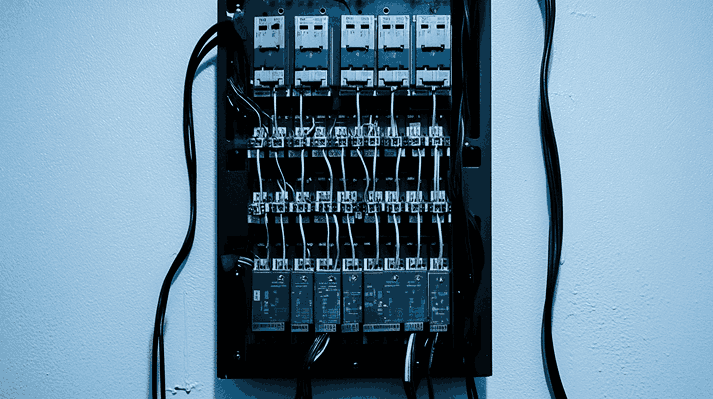
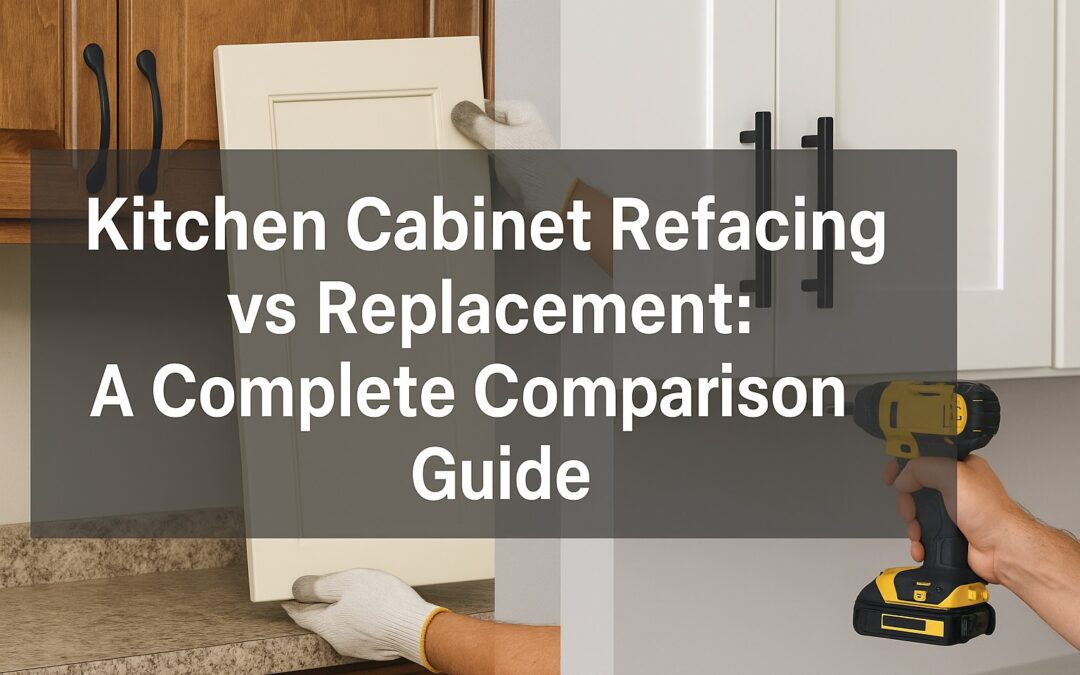
![Philadelphia Sump Pump Installation Requirements [2025 Guide]](https://matrixgc.com/wp-content/uploads/2025/06/Philadelphia-Sump-Pump-Installation-Requirements-2025-Guide.png)

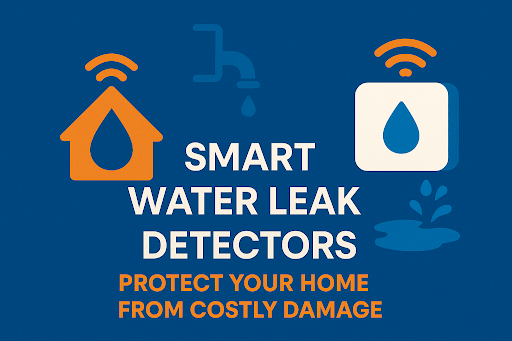
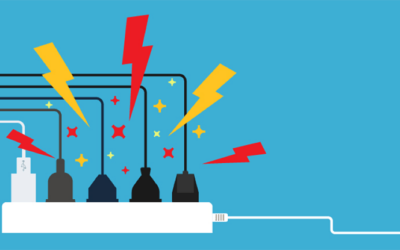
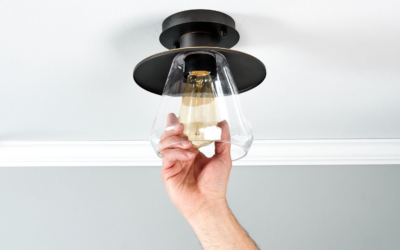
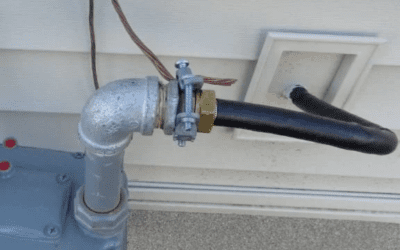
0 Comments